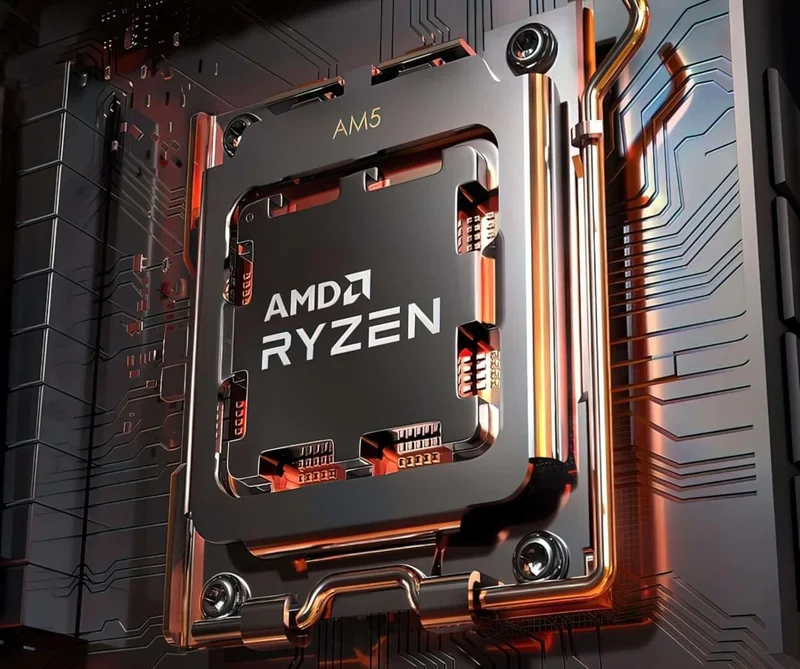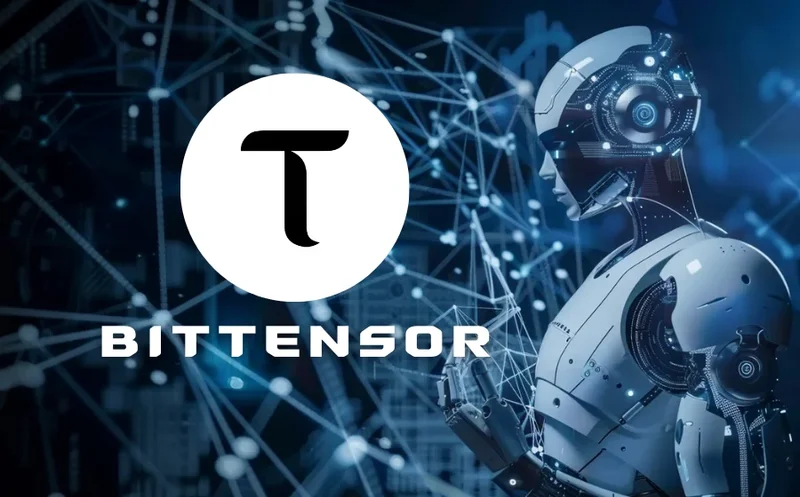AMD's Stock: Price vs. Nvidia and What's Driving Sentiment
AMD's recent poaching of Intel's data center AI executive, Saurabh Kulkarni, makes headlines, but let's be clear: this isn't some grand coup. It's a symptom of a deeper imbalance, a talent arbitrage play in a market still searching for its footing. The move comes as AMD is trying to position itself as a serious competitor to Nvidia, even getting OpenAI as a customer.
The Executive Shuffle: What Does It Really Mean?
Kulkarni's departure, confirmed by Intel, follows a pattern. Ronak Singhal and Rob Bruckner also exited Intel this year. Intel CEO Lip-Bu Tan is bringing in outside executives—Jean-Didier Allegrucci (ex-Apple) and Shailendra Desai (also ex-Apple)—to shake things up. Tan aims to make Intel an "engineering-focused company," which sounds good on paper, but often translates to internal disruption and talent flight.
Intel's AI strategy under Tan involves a new annual GPU release cadence and a focus on open systems. But the numbers tell a less rosy story. Intel failed to meet its modest $500 million revenue target for Gaudi chips last year. Half a billion is a rounding error for companies like Nvidia.
AMD, meanwhile, is projecting "tens of billions" in annual revenue from its Instinct GPU business by 2027. A bold claim, and one that relies heavily on continued momentum and execution. Can they scale their wins beyond OpenAI? The data isn't conclusive yet.
This executive movement highlights a crucial point: the data center AI space is not a zero-sum game, but it is a high-stakes game of musical chairs. AMD's gain isn't necessarily Intel's catastrophic loss. It's more like a reshuffling of the deck as the industry tries to figure out who holds the winning hand.
China's Self-Sufficiency Push: A Bigger Threat
The talent war, however, pales in comparison to the looming challenge from China. New guidance requires state-funded data center projects to use domestically manufactured AI chips. This directive, according to reports, instructs data centers less than 30% complete to remove foreign-made chips. Projects in advanced stages will be reviewed individually.

This isn't just about Nvidia. AMD and Intel also sell data center chips to China. Analysts suggest this could effectively shut Nvidia out of a key market, creating opportunities for domestic rivals like Huawei. It's unclear if the guidance applies nationwide, but AI data center projects in China have attracted over $100 billion in state funding since 2021. That's a significant potential market vanishing for US companies.
While Trump has said the US would "let them deal with Nvidia but not in terms of the most advanced" chips, the Chinese government seems to be moving towards complete self-sufficiency. This includes Nvidia's H20 chips—the most advanced models currently permitted for sale to China.
I've looked at hundreds of these market analyses, and the speed at which China is moving toward complete technological independence is alarming. What happens when that $100 billion in state funding gets redirected solely to domestic chip manufacturers? The ripple effects could be substantial.
The US government maintains its export restrictions are necessary to prevent the Chinese military from using advanced chips. But the unintended consequence is accelerating China's own chip development. It's a classic example of a strategic miscalculation.
The real story isn't AMD versus Intel; it's everyone else versus China's state-sponsored push for AI dominance.
So, What's the Real Story?
The Intel-AMD executive shuffle is noise. The real signal is China's accelerating push to cut out foreign chips entirely. That's the trend that will reshape the AI landscape, and all the executive poaching in the world won't change that underlying dynamic.
-

Warren Buffett's OXY Stock Play: The Latest Drama, Buffett's Angle, and Why You Shouldn't Believe the Hype
Solet'sgetthisstraight.Occide...
-

The Business of Plasma Donation: How the Process Works and Who the Key Players Are
Theterm"plasma"suffersfromas...
-

newsmax: What's going on?
[GeneratedTitle]:AreWeReallyS...
-

Mantra: A Quantitative Look at the Psychology and Actual Impact
AnAnalysisof'Mantra'asaFunct...
-

Bittensor: The Decentralized AI Vision and Why Wall Street is Suddenly Watching
Ofcourse.Hereisthefeatureart...
- Search
- Recently Published
-
- Dijon: Unpacking the Artist, His Vision, and the SNL Buzz
- Satoshi Nakamoto: Unraveling the Visionary, Defining 'Satoshi,' and Bitcoin's Future
- Cook County Treasurer: Property Tax Bills, Payments, & Why It's Such a Pain
- Allora: The Next Paradigm Shift and What It Means for Humanity
- IRS Relief Payment 2025: Will You Actually See a Direct Deposit?
- The Great Hamburger Collapse: The Real Reason They're Failing and Who's Next
- Nasdaq Composite Rises: What's Driving the Rally and Key Stock Movers
- Zcash's Price Surge: An Analysis of Its Price, Key Endorsements, and Future Outlook
- Pudgy Penguins: DreamWorks Partnership and Crypto Presale
- primerica: What we know so far
- Tag list
-
- carbon trading (2)
- Blockchain (11)
- Decentralization (5)
- Smart Contracts (4)
- Cryptocurrency (26)
- DeFi (5)
- Bitcoin (29)
- Trump (5)
- Ethereum (8)
- Pudgy Penguins (6)
- NFT (5)
- Solana (5)
- cryptocurrency (6)
- XRP (3)
- Airdrop (3)
- MicroStrategy (3)
- Stablecoin (3)
- Digital Assets (3)
- PENGU (3)
- Plasma (5)
- Zcash (6)
- Aster (4)
- investment advisor (4)
- crypto exchange binance (3)
- SX Network (3)
